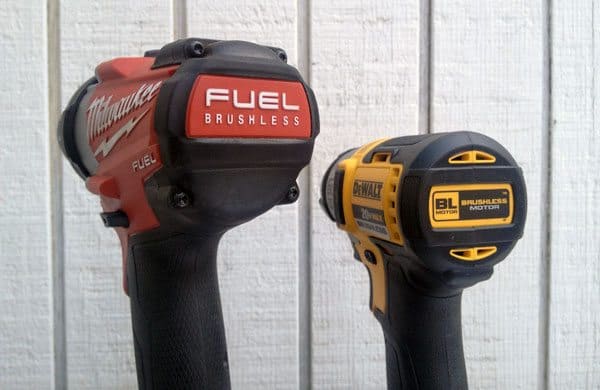
You’ve probably seen the term “brushless motors” proudly displayed on the latest power tools. These tools promise more power, speed and endurance with less wear on the motor. Sounds to good to be true? We’re diving a bit deeper behind the hype of brushless motors and hopefully this article will help you make a more informed decision when buying your next tool.
What are Brushless Motors?
A standard brushed motor is made up of four parts: a ring of magnets, carbon brushes, armature, and a commutator. The magnets and brushes remain stationary, while the armature and commutator rotate together on the motor shaft within the magnets.

A brushless motor strips this down and loses the brushes and the commutator. The locations of the magnets and windings are reversed: The magnets are on the conventional motor shaft and the copper windings of the armature are fixed and surround the shaft. Instead of brushes and a commutator, a circuit board coordinates the electronic transfer of energy within the motor.
In the graphic above, note the red area on the brushed motor and you’ll see those are areas of friction.
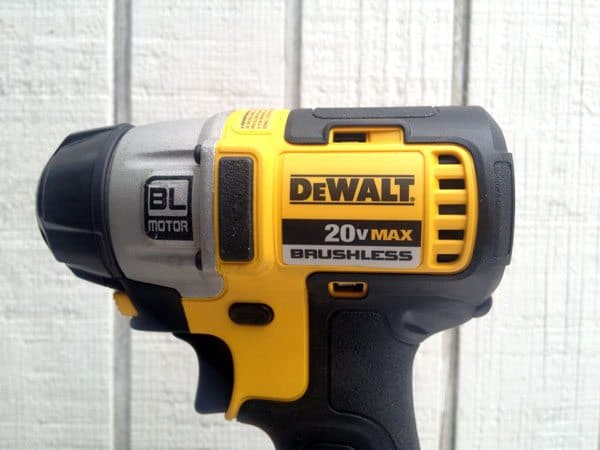
The Brushless Advantage
The inherent physical attributes of a brushless motor, lends itself nicely to the demands of a power tool. With the copper windings on the outside of the motor configuration you can make it larger. Friction has always been an issue with traditional motors but because brushless motors don’t have the friction and there are no drops in voltage from dragging brushes, the motor can run much more efficiently and thereby saving battery life.
Brushless motors have created a so-called “smart tool” because an electronic signal communicates directly with the windings and will adjust to the task it is being used for instead of going full-bore all the time. If the motor sense a lack of resistance it will draw less power so it really only takes what it needs in regards to battery power. What you get in power tools with a brushless motor is a tool that is more powerful, more durable and longer lasting.
Here’s a few videos showing a comparison between brushed and brushless hammer drills and impact drivers and cordless drills.
The Brushless Challenge
Amazing as brushless motors are, they aren’t perfect. A major issue is cost. To manufacture a brushless motor it requires a more complex process including the calibration and setup of electronic speed controls and automating to scale the winding process of the motors.
Lithium-ion batteries are so good now and the cost has dropped considerably but they are still more expensive than the Ni-Cad battery cordless tools. Introducing brushless motors has been a risk for manufacturers until now as these tools are even more expensive ~ roughly 30% more.
The increased cost makes brushless motors out of the reach of most DIY types but for the trades and craftsman who rely on contractor grade tools and work with them to make their living, an upgrade to a brushless power tool could make a lot of sense.
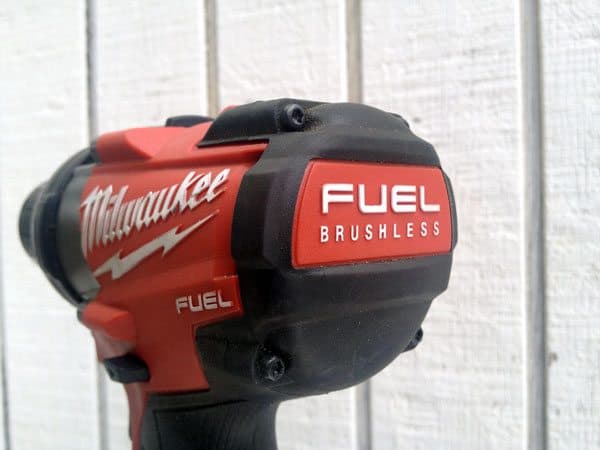
Makita, Milwaukee, DeWalt – Leading the way in brushless power tool innovation
Makita was the first manufacturer to introduce brushless motors in power tools and began in 2003 with their tools for the aerospace industries and then in 2009 they introduced a brushless impact driver. Last year Milwaukee introduced a brushless impact driver and drill/driver to their popular M18 line and and DeWalt introduced a brushless impact driver.
We predict other tool manufacturers will slowly jump onto the brushless bandwagon and they probably have tools already in development and they may be waiting for the prices to go down. We’ll be pleased to see what Bosch has available and we expect to see even more power tools using a brushless motor by the end of 2013.
Amazon has one of the best selections of brushless power tools including Makita, DeWalt, Milwaukee and Hitachi.

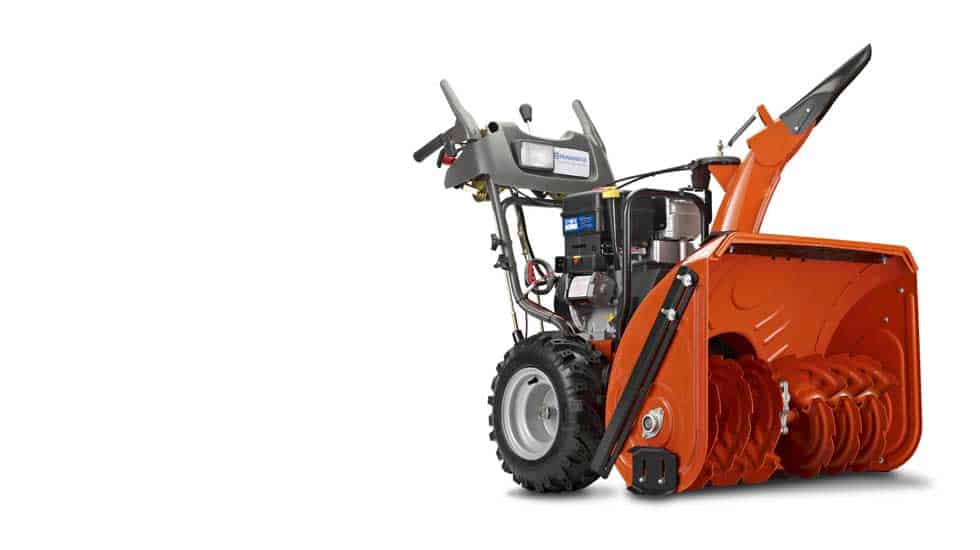
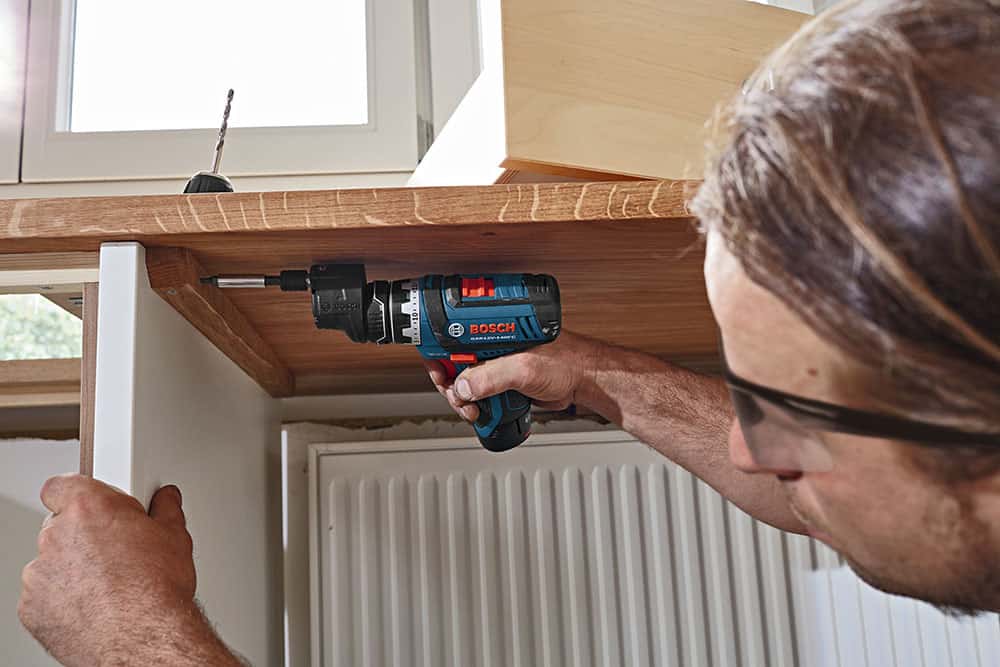
No Comments